Lesson 13: Crafting Soft Details Around the Muzzle and Nose
As we progress through the painting, it's time to shift our focus from the eye to the muzzle. This part of the painting calls for a restraint with our brushstrokes as we work to capture the soft, velvety texture around the nose.
Watch my MasterDemo to learn more.
Adding Reflections and Color Variations
When working with backlit pieces like this, you may notice background colors reflecting onto the face. Here, for instance, orange tones from grasses below are bouncing light onto the lips. I pick up some orange on my brush and add a single stroke to capture the reflected light, applying light pressure to avoid blending too deeply with the base layer below.
Softening Edges for Natural Flow
Creating realism here relies on manipulating the pressure of each brushstroke. Round areas like the muzzle can benefit from smooth, blended edges to convey softness. A gentle sweep along your edges blends the shades just enough to show soft transitions without getting messy.
Working With Wrinkles
As I refine the muzzle, I introduce small yet effective brushstrokes to mark the natural wrinkles between the nose and lips. A few, well-placed strokes can convey these details without over-complicating the area. Here, it's important to remember that less is often more—too much fussing with these details can make your subject look stiff.
Compare and Contrast
With the initial wrinkles and shadows in place, I assess the contrast and shape by comparing tones across the canvas. Painting the face involves constant adjustment and reference, especially when adding highlights. For instance, if I apply a highlight on the nose, I compare its brightness to the area around the eye to ensure balance. By continually reassessing these relationships, I can maintain a cohesive look across the painting.
Building Familiarity with the Anatomy
If details around the nose or eye feel challenging, it can be helpful to practice sketching these features. Developing a solid understanding of the anatomy allows for more confident, accurate work in the future. Adding in some sketching to your art practice ensures that when you approach complex areas, you can interpret and render them convincingly from any angle.
Achieving the Right Look
After adding subtle details and highlights, I’m satisfied with the appearance of the muzzle. This stage is about capturing the softness and dimensionality of the face, slowly refining the foundation we laid down in the previous steps. When these elements feel cohesive and harmonious, I know I’m ready to move forward, continuing to layer with the same balance of intention and spontaneity.
The next step? I’ll grab a larger filbert brush to extend these techniques across the rest of the face, maintaining this approach to complete the larger areas.
Watch my MasterDemo to learn more.




